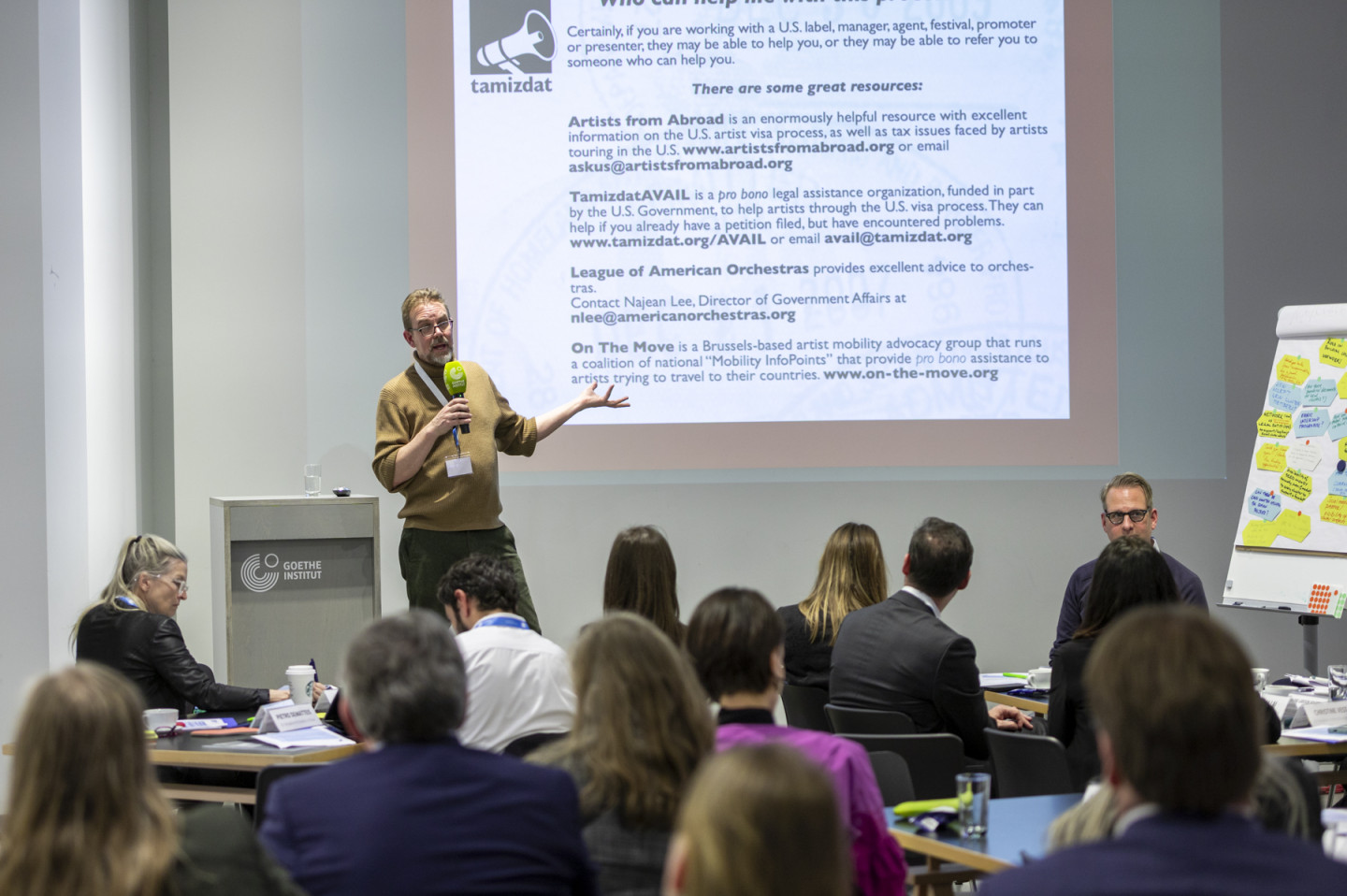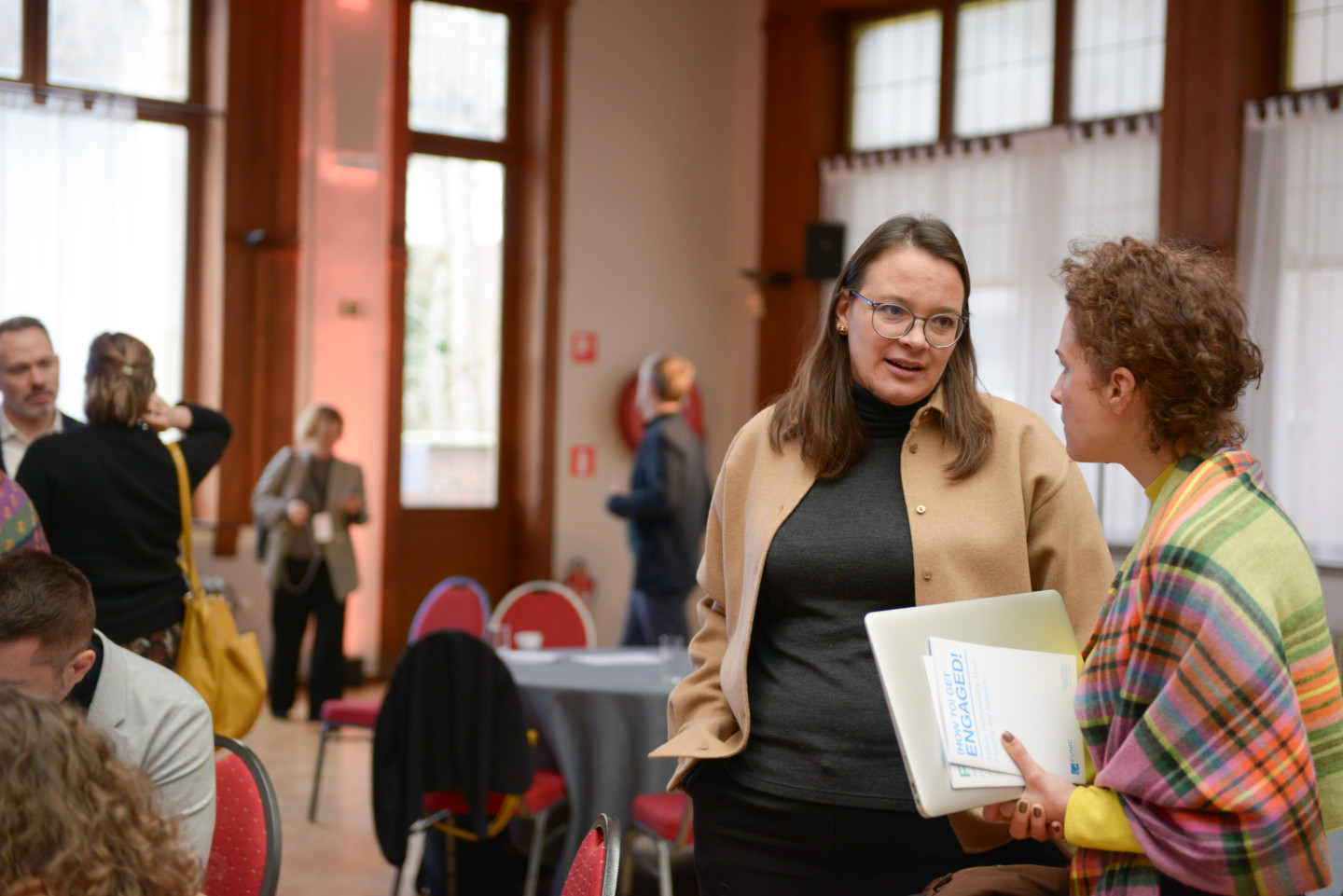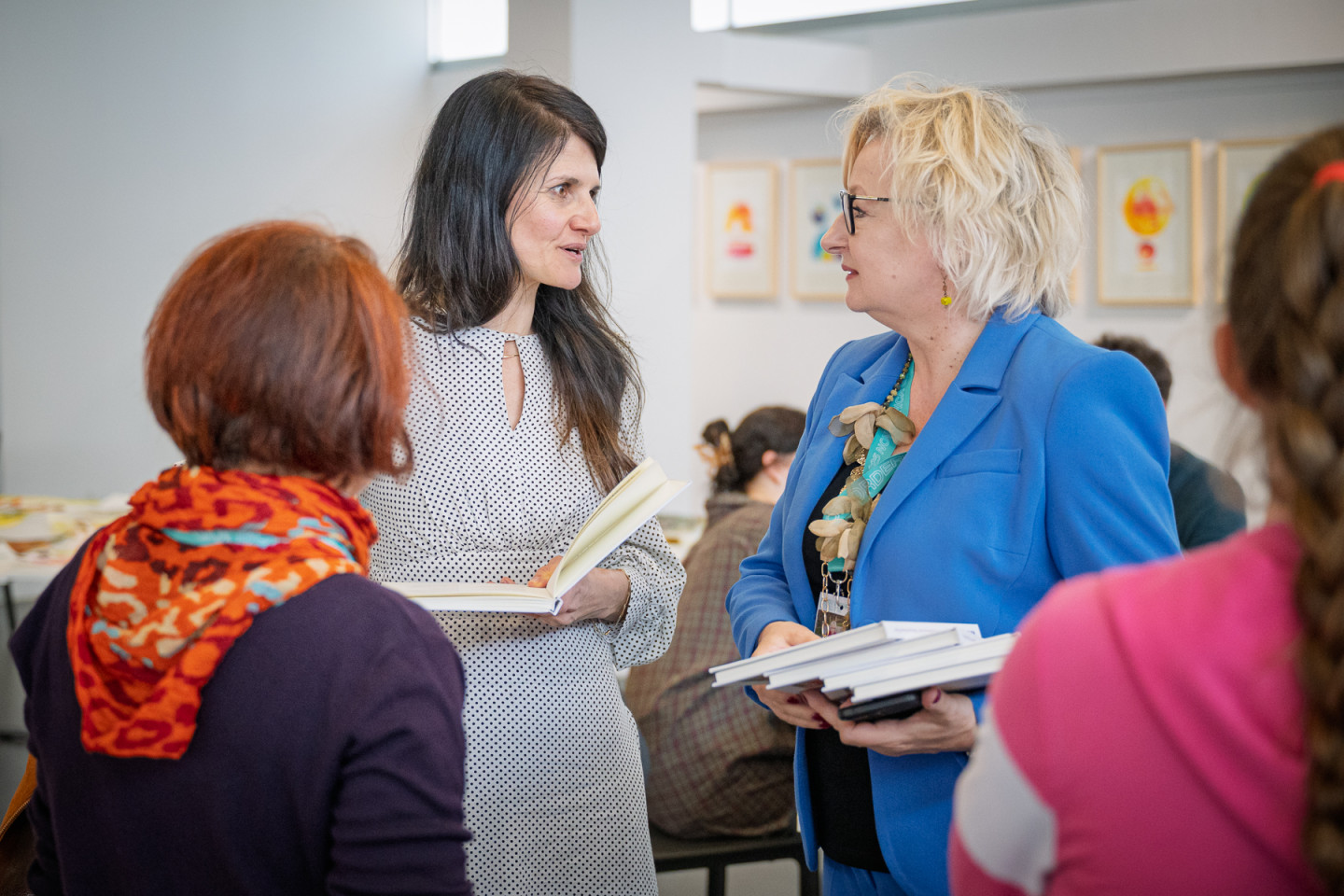What is a cluster?
EUNIC clusters are groupings of local branches of EUNIC member organisations. They are formed in cities where at least three Full EUNIC Members are present. Cluster brings EUNIC members together to co-create and engage in cultural relations activities with local partners.
They play an important role in achieving the objectives in EUNIC's Strategic Framework, particularly creating people-to people connections through culture and building close ties with civil society organisations around the world.
Clusters operate at a city-wide or, more commonly, a national level. They usually take the name of the country they’re based in (like EUNIC Jordan). If there’s more than one cluster in a country, they’re named after the city (such as EUNIC Brasília).
There are different ways organisations can be a member of a cluster. These member definitions have been agreed by the EUNIC General Assembly in alignment with EUNIC statutes. The different membership types depend on the status of member organisations' at EUNIC global level.
How are clusters established?
While clusters are bottom-up initiatives, their creation must be approved by the EUNIC General Assembly, in line with our statutes. At the General Assembly, members:
- can create clusters in any country in the world to promote the values, initiatives and projects of the network
- make decisions about creating, merging, splitting or dissolving clusters (all clusters operate under the authority of the General Assembly)
- determine criteria for cluster membership (the General Assembly retains ownership of the name “EUNIC” and its logos)
- adopt rules on how clusters function, as outlined in the cluster guidelines
Setting up and running a cluster does not involve creating a separate legal entity. In exceptional cases where legal identity is required for a cluster to operate, the General Assembly must approve it.

creating a new cluster
At least three Full EUNIC Members need to come together to form a cluster in a new location.
1 - First, check the Types of Membership document to see which organisations are Full Members and which require a mandate.
2.- Let us know about your plans to form a cluster, and inform your respective EUNIC Focal Point at headquarters level. You can find your Focal Point on our network map.
3 - Start working on a draft strategy by identifying your shared priorities and a common vision for cultural relations in the location where you operate. Consider what you can do better together than alone, and how a new cluster could add value to the local cultural scene. Learn more about developing a cluster strategy.
4 -Share your draft strategy with us for feedback. We’ll check that it aligns with the vision, strategy and aims of the wider EUNIC network.
5 - Appoint one contact person, complete the (application form and send it to us together with your draft cluster strategy, either by 1 May or by 1 November, ahead of our General Assemblies.
6 - We will review your application and share it with EUNIC members ahead of the June or the December General Assembly.
7 - The General Assembly then will vote on your application. We’ll inform the cluster’s contact person of the outcome.

getting a new cluster off the ground
If your cluster application is approved by the General Assembly, the cluster's Full Members and Associate Members at global level need to sign a Cluster Charter.
Send us a copy of the signed cluster charter. The EUNIC Director then countersigns the Cluster Charter and sends the final version back to you.
We will then add your cluster to our database and network map.
You should cluster should decide on the leadership and assign a president. We can organise an onboarding call to explore different approaches and models.
Learn more about organising and leading your cluster.
That's it - you can now start exploring different programme and funding opportunities available to EUNIC clusters!

Joining an existing cluster
New members can join when a cluster is created or at a later stage.
Full Members or mandated organisations can join an existing cluster by signing the Cluster Charter. Simply date, stamp and scan the updated version and send it to us at clusters@eunicglobal.eu.
Associate Members at cluster level and partners don’t need to sign the Charter. However, please keep a record of all members and partners, and let us know if someone new joins. You can include this overview as an annex to the Charter.
Explore where existing clusters are located on our network map.

